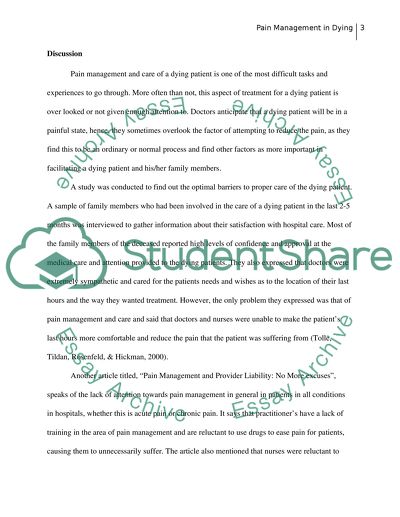Cite this document
(“Pain Management in Dying Research Paper Example | Topics and Well Written Essays - 1250 words”, n.d.)
Retrieved from https://studentshare.org/psychology/1428296-pain-management-in-the-dying
Retrieved from https://studentshare.org/psychology/1428296-pain-management-in-the-dying
(Pain Management in Dying Research Paper Example | Topics and Well Written Essays - 1250 Words)
https://studentshare.org/psychology/1428296-pain-management-in-the-dying.
https://studentshare.org/psychology/1428296-pain-management-in-the-dying.
“Pain Management in Dying Research Paper Example | Topics and Well Written Essays - 1250 Words”, n.d. https://studentshare.org/psychology/1428296-pain-management-in-the-dying.


